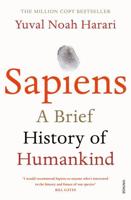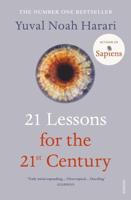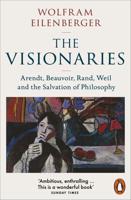Publisher's Synopsis
The practice of making votive offerings into fire dates from the earliest periods of human history, and is found in many different religious cultures. Throughout the tantric world, this kind of ritual offering practice is known as the homa. With roots in Vedic and Zoroastrian rituals, the tantric homa developed in early medieval India. Since that time it has been transmitted to Central and East Asia by tantric Buddhist practitioners. Today, Hindu forms are also being practiced outside of India as well. Despite this historical and cultural range, the homa retains an identifiable unity of symbolism and ritual form. The essays collected in Homa Variations provide detailed studies of a variety of homa forms, providing an understanding of the history of the homa from its inception up to its use in the present. At the same time, the authors cover a wide range of religious cultures, from India and Nepal to Tibet, China, and Japan. The theoretical focus of the collection is the study of ritual change over long periods of time, and across the boundaries of religious cultures. The identifiable unity of the homa allows for an almost unique opportunity to examine ritual change from such a broad perspective.











